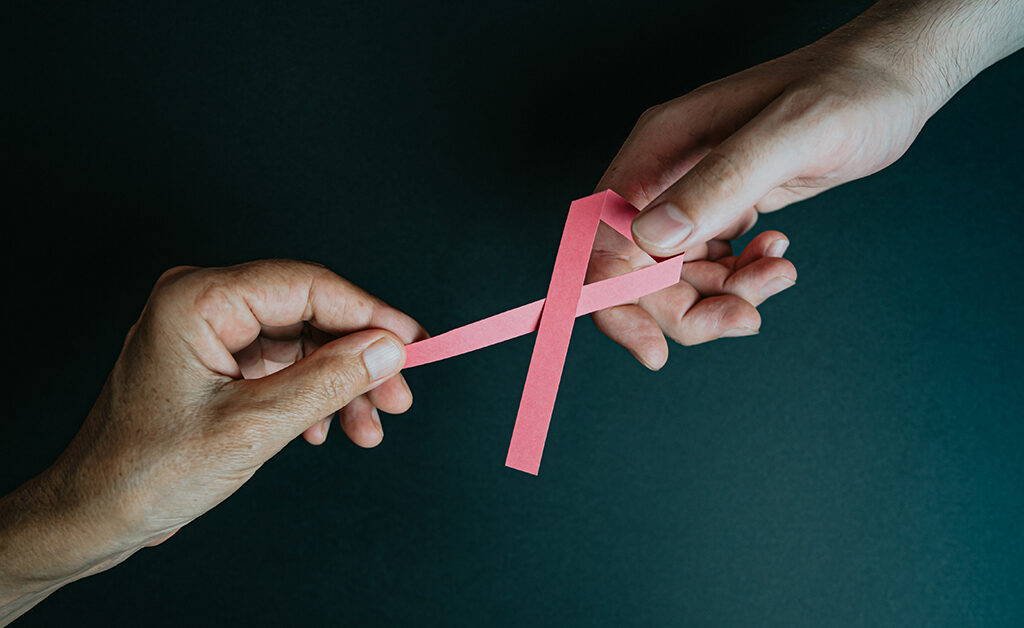This Women’s Day, Gift Yourself a Breast Cancer Screening

To all women out there, this Women’s Day, don’t just pamper yourselves with roses and chocolates, gift yourself something you are really worth of- a healthful gift of breast cancer screening!
In India, breast cancer is currently the most common cancer in women and carries a high risk of premature death from late diagnosis. Evidence suggests that the disease usually transpires at least ten years earlier in Indian women compared to the Western world.
Screening is an effective way to look for early signs of cancer or precancerous conditions, even before any symptoms appear. The goal is to detect cancer early when it is more treatable and has the best chance of survival. The effort also reduces the number of women who die or are at a higher risk of developing the disease.
Talk to your doctor to know which breast cancer screening tests are appropriate for you since screening isn’t a one-size fit.
Breast Cancer Screening Tests
To date, there aren’t any reliable ways to prevent breast cancer; however, follow these steps for early detection of breast cancer. These include:
- Screening mammography: It is a standard imaging technique to detect breast cancer among women lacking symptoms, while believed to detect lumps up to 2 years before they can be felt.
Various recommendations suggest women of 40 years and above should take regular screening mammograms every 1–2 years because an annual mammogram can reduce women’s risk of dying of breast cancer by 30%.
Even women who have a high risk of breast cancer because of a family history of the disease or genetic condition should start with an annual mammogram at 25. However, if you have dense breasts, you may want to go for digital mammography or 3D mammography, or breast tomosynthesis for breast cancer detection.
- Clinical Breast Examination (CBE): It’s an in-office examination regularly done along with a mammogram to check women for breast cancer. During CBE, your doctor will feel your breasts and armpit area for any unusual changes that include:
- Difference in size and shape
- Appearance of rash or redness
- Dimpling or puckering on the surface
- Thickness on the breast skin
- Swelling or tenderness
- Unexplained pain in a specific area
- Suspicious lumps
He/she will also look at your nipples for symptoms such as fluid discharge, bleeding, crusting, swelling, redness, or dimpling.
- Breast Self-Awareness: It’s an at-home breast inspection, which you can do on your own every month, a few days after your menstrual period, or on a fixed date in postmenopausal age.
Become familiar with the way your breast looks or feels by starting the breast self-exam at 25 years of age. Talk to your doctor immediately if you see anything unusual in the size and texture of your breast.
Supplemental Screening tests
These include:
- Breast magnetic resonance imaging (MRI): This imaging test uses radio waves and a powerful magnetic field for creating detailed images of the breast tissue. Commonly, MRI is used as a diagnostic tool to detect cancer spread, but your doctor can choose it as a screening test in consort with mammography if you have,
- A high risk of breast cancer
- Dense breasts
- had radiation treatment of the chest in the past
- Family history of breast or ovarian cancer
- BRCA1 or BRCA2 gene mutation
- Breast ultrasound: Unlike other imaging tests, ultrasound uses sound waves to produce internal images of the breast that are often not visible on mammography or clinical breast exam. It can also detect noncancerous anomalies like a fluid-filled cyst requiring an additional biopsy. For women with dense breasts, it is an additional screening alternative.
Screening Recommendation
Several screening guidelines are available, but the most accepted and followed are the National Comprehensive Cancer Network (NCCN) guidelines, which recommend women of:
- Age 25 to 40 years with normal risk to have
- Clinical breast examination every 1 to 3 years with regular breast self-examination every month.
- Age more than 40 years with normal risk to have
- Regular breast self-examination once a month
- Clinical breast exam once every year
- Mammography every year
- Any age with increased risk to have
- Regular breast self-examination once a month
- Clinical breast exam once every year or occasionally twice a year, between certain ages
- Mammography once every year after 25 years of age
- Breast MRI every year as an adjunct to a mammogram
Benefits Versus Risks of Breast Cancer Screening
The most important benefit of breast cancer screening is early detection of the disease when it is most treatable while increasing an individual’s chances of survival. Also, screening tests are safe and affordable.
It does, however, expose you to certain risks that include:
- False-positive results in 5-15% screening mammograms, resulting in the diagnosis of benign breast conditions requiring additional tests that are expensive, time-consuming, and may cause anxiety.
- Overtreatment of misdiagnosed breast conditions causes unnecessary side-effects.
- The risk of radiation exposure in screening mammograms may be compounded during repeated procedures, but screening benefits outweigh this risk.
- Pain and discomfort in some women during mammography.
- False negatives occurring in 20% of breast cancers result in treatment delays.
Remember, getting an early breast cancer diagnosis can help you get the best prognosis and even save your life. This women’s day, offer yourself a gift of annual breast screening so that you can live a long and cancer-free life.
References
- Agarwal, G., & Ramakant, P. (2008). Breast Cancer Care in India: The Current Scenario and the Challenges for the Future. Breast Care, 3(1), 21–27. https://doi.org/10.1159/000115288
- Guidelines for Early Detection of Breast Cancer | Breast Cancer India. (n.d.). Retrieved March 6, 2021, from https://www.breastcancerindia.net/early detection of breast cancer/early detection-guidelines.html
- Breast Cancer Screening (PDQ®)–Patient Version—National Cancer Institute (nciglobal,ncienterprise). (2020, December 18). [PdqCancerInfoSummary]. https://www.cancer.gov/types/breast/patient/breast screening-pdq
- Radiology (n.d.). Breast Cancer Screening. Retrieved March 5, 2021, from https://www.radiologyinfo.org/en/info.cfm?pg=screening-breast
- https://www.drpragnya.com
